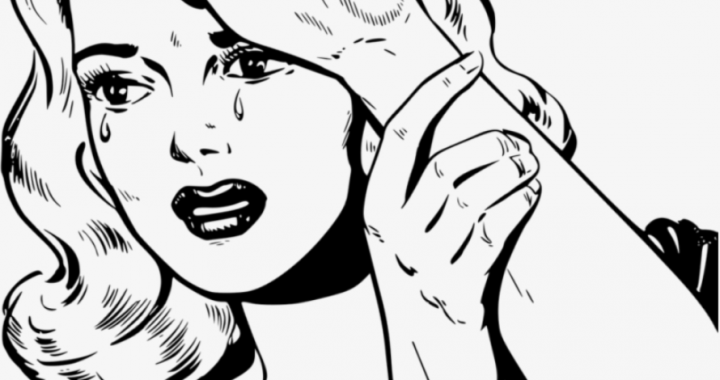Mr Bell suggests we get a feel for plot patterns by picking one of the ones mentioned in his book. And then to sketch out a whole new fresh plot around it. Boy oh boy, I’m excited. Here is goes. Can you guess what pattern I’m using?
. . .
Act I. So there is a Town Mayor who has done right to others his whole life. He has a wonderful beauty pageant wife, and two daughters each who are scholastically mature for their age. Their father is honest, hardworking, and ethical about exchanging favors, and almost everyone in town loves the guy. One day, however, the youngest daughter is found brutally raped, murdered, and floating down the town river. The town mourns, although rumors target the mayor as the culprit. The newspaper puts out stories about it having been him. The mayor must then grieve the lost of his youngest while also fending off the allegations. Soon the eldest daughter goes missing, where all that’s left of her is her video confession to having helped her father in the crime. The mayor is asked to step down while the authorities resolve the matter. So he is technically arrested. His best friend, a detective, is on the case, and actually believes the mayor. But only because he is one of the villains plotting against the lead, in order to win his wife. The investigation falters when the living daughter is also found murdered. This causes the wife to commit suicide with the detective’s gun. And all three cases are abandoned, while the mayor rots inside a cell. He is prepared to accept his fate, even befriends many of the inmates, and inspires one of them to finish school. It seems everywhere he goes he does good. Until the real villain reveals himself. It was the owner of the newspaper, who had been bullied by the mayor in high school, then had taken advantage of the youngest daughter — where things got out of hand, he killed her, and the rest was an unfortunate spiraling of events. “Why are you telling me this?” the mayor asks, in tears and in rage, behind bars. The newspaper owner grins, revealing, “It was to get back at you.” And then walks away, self-assured that things are as they ought to be.
Act II. After many years, the friend that the mayor had made in jail comes back. He ended up becoming a world-class lawyer and pulls strings with the circuit judges. It all happens so fast that the ex-mayor is released before any of his enemies can stop him. Then begins the long and arduous section of the lead going into hiding for another many years. During his time in jail he had been obsessed with getting revenge. Now this is his chance. He plots to get back at the newspaper owner, his ex-friend detective, and a few other minions along the way. The way he does it is by creating two alter egos, a mastermind murderer, and a quiet internet news reporter. What he does is one by one get back at all the people who ruined his life directly or indirectly, but in horrific, gruesome ways. Most of the times these guys are scumbags with major vices. The pederasts, he castrates and bleeds like animals. The gamblers, he chokes with dice down their throat. The corrupt business owners he kills in relevant ways: construction company people crucified on cheap wood, power plant folks poisoned in their waste piles, tax collectors crushed with hundreds of blocks of gold. The people of the town are incredible fascinated by the stories of these murders. It’s like the mastermind knew just who was evil and who needed punishing. The newspaper has no choice but to accept these stories, although the owner secretly feels he will be one of the next victims. The detective ex-friend one day musters up the courage to question this new glamorous reporter. Recognizing the old mayor, the detective begs for forgiveness. But being a revenge story the ex-mayor dishes his old buddy a sad slow death: tying him up in a chair, in a hot toasty room, with a sex tape of the ex-mayor making love to the now dead wife, playing on a massive theater screen, in order to torture the jealous detective, as he dies of dehydration two days later, with shit in his pants.
Act III. The town is conflicted about the incident, unable to get the pieces to make sense. The newspaper promises a Pulitzer prize endorsement for anyone who can write a decent story about this murder. This is really a ploy by the newspaper owner to lure the ex-mayor out of hiding. It works, but only because it gives the lead a chance to face his enemy. Unexpectedly, though, the story goes public ahead of schedule. Truth, details, and all. The ex-mayor even reveals his identity and promises readers at the end that he plans on taking out his revenge on the newspaper owner. The owner wasn’t expecting that. So he goes into protection with the authorities. None of whom like him very much. In a turn of events, now the villain is the one behind bars, waiting for his assailant to be arrested for vigilantism. Fortunately for the lead, the cops of the town had always respected him, and hated their detective boss. So they keep the newspaper owner in longer than expected and do not really pursue the lead at all. Years go by and the lead actually changes his identity and moves to another country, where he gains a fortune as an anonymous best-selling author of cheesy romance novels. From there he funds politicians to do good to his hometown. Also to pay for continuous death threats on the newspaper man, from formidable gangs who actually sided with their old mayor. This keeps the villain in a perpetual state of fear and anxiety. He snaps and is only released from jail to go to a high-security asylum, where he suffers the worst episode of all. Cutting himself, mutilating his genitals, and blowing nurses for drugs. This gives his psychologists plenty to write, about a man who once directed his internal turmoil toward others, but now, instead of externalizing his pain, has learned to, at least, only hurt himself.




